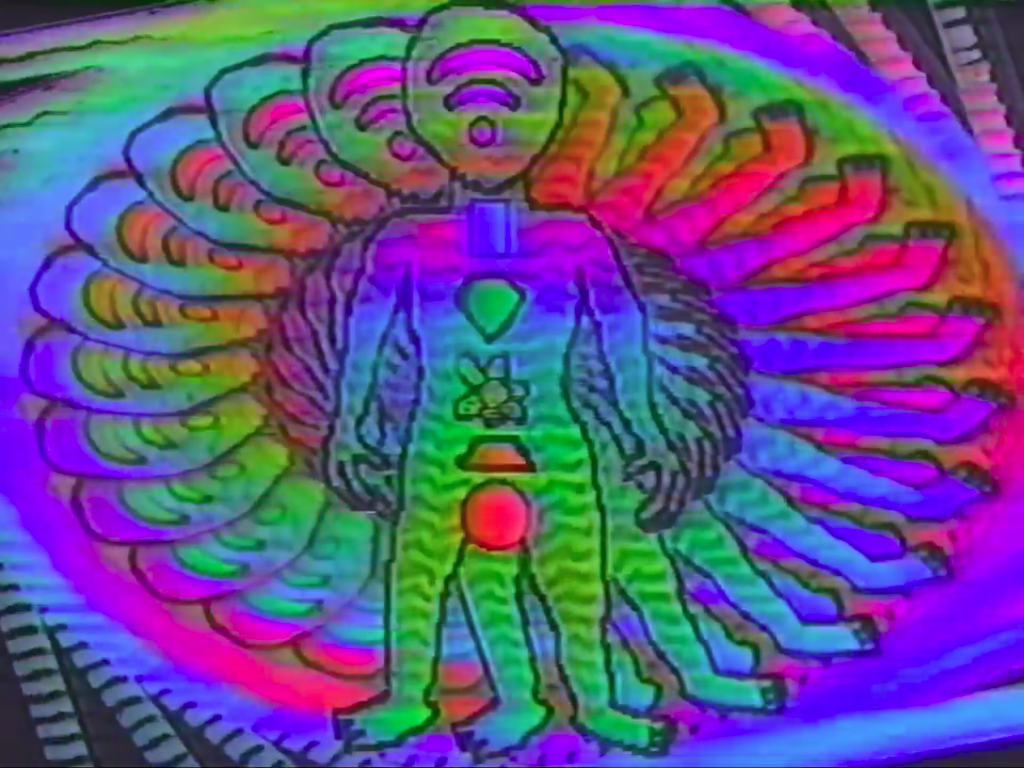About the author:
Kyle is a polymath working on “physical automation literacy for all peoples” via his SeedTreeDB.com “script-as-UX” and Cheerbot.org “Raspberry Pi devops” go-to-market projects. With a background in music publishing & entertainment law, Kyle is a member of LexDAO the legal engineering guild and a fellow in Gitcoin’s KERNEL incubator.
Gryph’s note: Kyle is doing a workshop on CC+NFTs at the CC Global Summit in September! Check it out!
—–
Many Web3 technologies have no choice but to manage the public goods problem. For instance, Gitcoin sees itself as a public goods open source software platform.
In her May 4 CC blog post about NFTs, CC CEO Catherine Stihler commented about how Beeple uses CC licenses for the copyright underlying his $69 million NFT sale.
Beeple’s CC + NFT story got me thinking about how this CC + NFT composite encourages artists to offer:
(1) A nonexcludable, essentially zero marginal cost of making additional copies, version of their art as a public good CC license; and
(2) a limited edition, high marginal cost of making additional copies, version of their art as a private good NFT license.
< — digital art & galleries — >
I recently joined KERNEL’s KB3 Fellowship. I’m learning quite a bit about NFTs in the Fellowship!
On June 2, Sarah Zucker spoke to us in the CULTURE track about an OG digital artist’s reasons for investing time & energy into NFT technology. You can hear more from Sarah in this talk (Password: Kernel_b3)

Sarah explained that up until now, because digital art is digital, so it can be duplicated Infinite times, traditional art gallery business models were unable to find a scarcity element to monetize.
Sarah further explained that NFTs have solved this scarcity element problem for digital art. Traditional art galleries can now monetize digital art!
Sarah is an example of an artist taking advantage of this new digital art opportunity provided by galleries, and so is Beeple.
The Infinite nature of digital art is still a key feature of the medium. As such, Sarah confirmed that in her experience:
- The more the digital art is shared throughout society, the more it becomes an important part of the World’s shared cultural heritage and the more valuable its associated NFT becomes.
In other words, CC incentive mechanisms, digital art incentive mechanisms and NFT incentive mechanisms are all complementary in nature:
- The more a copyrighted work is recognized as a valuable public good, the more the copyrighted work’s associated private good NFT gains economic value.
< — NFTs as a computer science — >
There are many ways to think about what an NFT is but my personal favourite is to think of it as related to a folder in an operating system.
A folder is a metaphor for a namespace address that contains other namespace addresses, such as files. The metaphor makes sense looking at the history of operating system development.
Likewise, NFT is a metaphor for a namespace address that contains other namespace addresses, such as files. The metaphor makes sense looking at the nascent history of central operating system trading market development.
Unlike a folder, the namespace addresses contained within an NFT are determined when the NFT is created and cannot be changed, though they can be dynamic.
This NFTree is an example of an unlocking mechanism NFT that contains static & dynamic namespace addresses.
In the NFTree, Clause 9 is an example of a dynamic namespace address within the NFT address. For instance, if you put the 0x0d89421d6eec0a4385f95f410732186a2ab45077 account address into Clause 9, you’ll get a ‘true’ return value.
So, though NFTs resemble operating system folders, they also resemble automated licenses.
As licenses, NFTs are directly relatable to CC licenses.
< — about the author — >
Kyle specializes in deep tech IP management. You can follow Kyle on Twitter.
